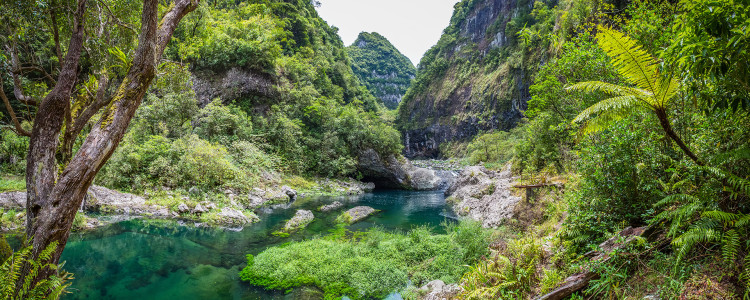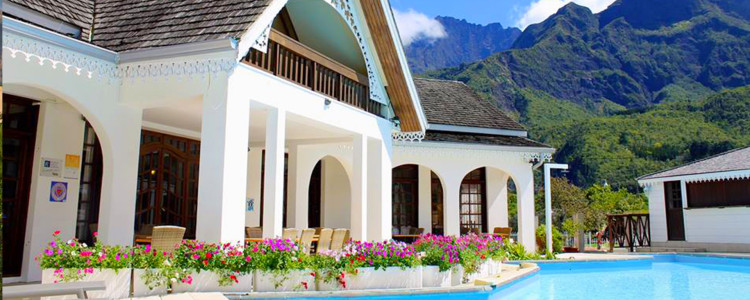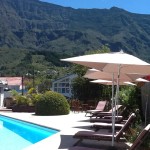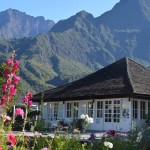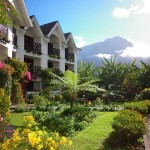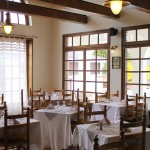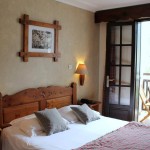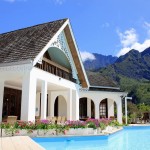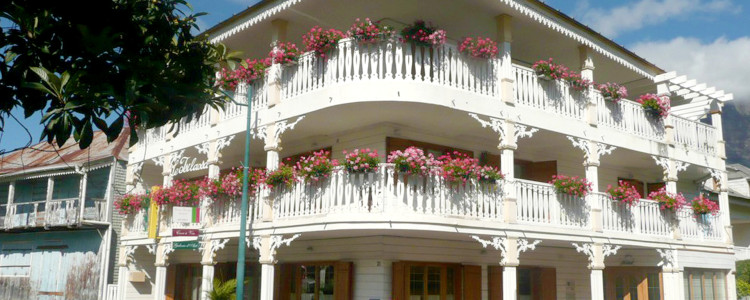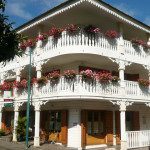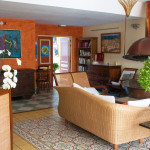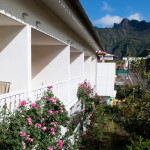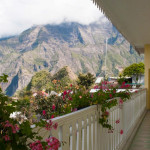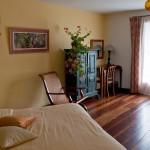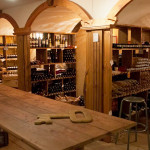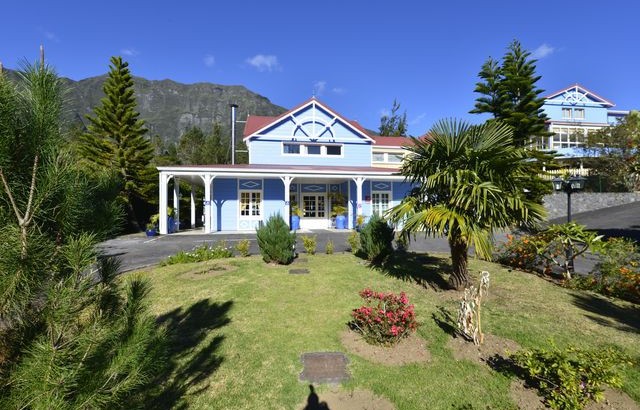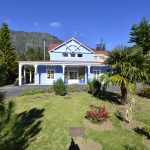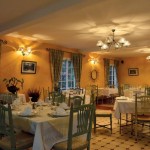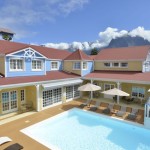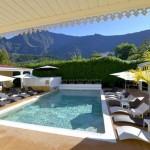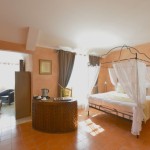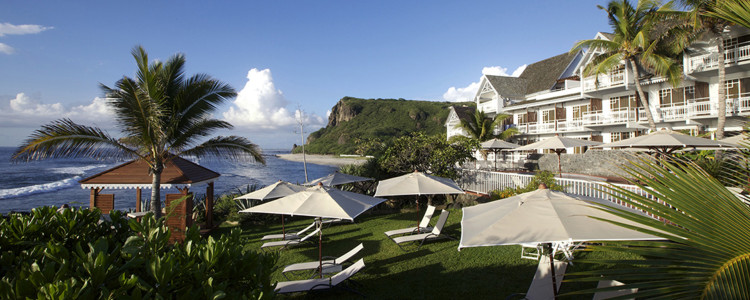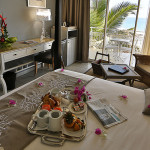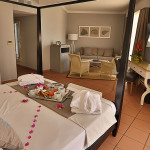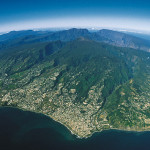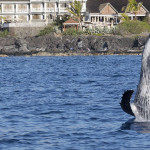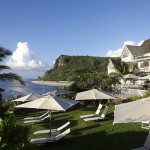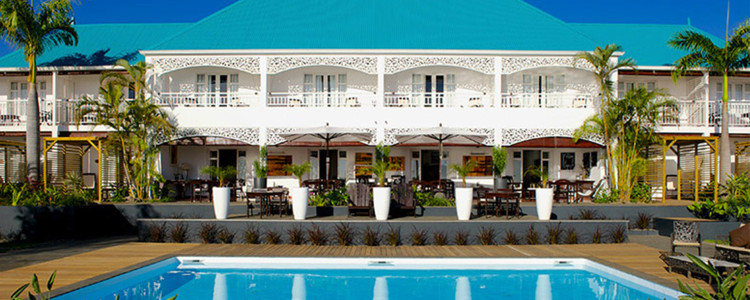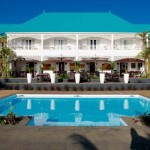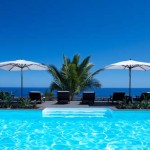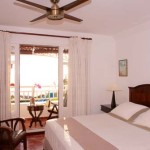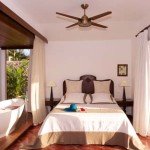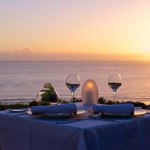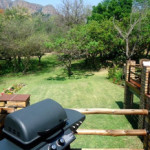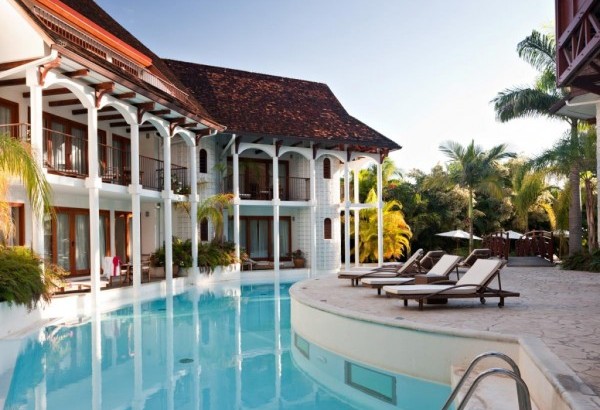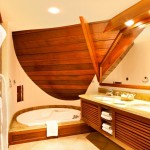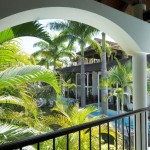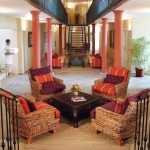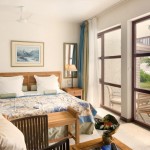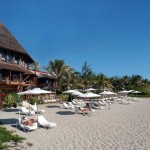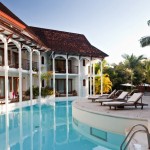Weather on Reunion Island
The best time to visit is from April to November. October and November tend to be the busiest months. December to March suffers from hotter weather and typhoons which bring torrential rain.
Entertainment & Golf There are many sports to enjoy such as a helicopter tour over the island and volcano, paragliding diving, snorkelling and, of course, hiking for the very fit and energetic!
This volcanic tropical island is close to Mauritius and Madagascar but Reunion is very different. The island is part of France and is part of the European Union. The currency is the euro and the principal language is French. The French style accommodation is variable but does include a few luxury hotels and some more affordable boutique style lodges. In some parts of the island little English is spoken. The scenery is exceptionally dramatic and the highest peak in the centre is some 3,000 metres. With much of the island’s interior at over 1,500 metres, hikers should be able to cope with altitude. Whilst the coastal fringe has tropical temperatures, the high mountains can be cold and in the winter months (July / August) snow is possible on the peaks. Beaches are on the dry western coast behind a small coral reef but they don’t compare to Mauritius or the Seychelles. The east coast is wetter, very dramatic but has few beaches. Stay on the west coast or (for the more adventurous) in Cilaos.
Reunion’s Coasts
West Coast This area includes the towns of St Gilles and St Leu. There are good beaches with excellent diving / snorkelling off the coral reef. There is also night life.
South & East Coasts Generally wetter but dramatic coastal scenery. On the SE Coast, frequent lava flows from the volcano have produced impressive volcanic scenery. Here you will be able to walk on still hot lava and see the ‘Lava’ church which was spared in the eruption of 1977.
Les Trois Cirques The dramatic interior and good for hikers. The eastern cirque, Salazie, is the most remote and you will find little English spoken here. Accommodation tends to be basic. Cilaos is the most popular but is only for experienced drivers as the road into the cirque is narrow and tortuous but the scenery is incredible and the accommodation is good.
The Volcano Easy to get to, but accommodation in this area is very basic and the 15 km hike to the volcano starts at a gruelling 2,000 metres. The scenery, however, is truly awe inspiring and the volcano is one of the most active in the world.
